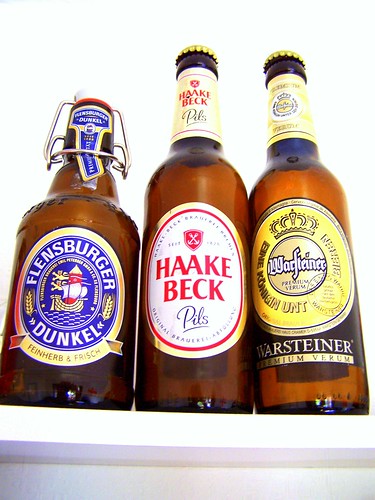Via DMN’s Religion Blog:
Solar panels – hundreds of them – are to be installed on one of the buildings. Here’s a story from Catholic News Service:
By CAROL GLATZ and ALICIA AMBROSIO
Catholic News Service
VATICAN CITY. Expanding its mission from saving souls to saving the planet, the Vatican is going green.
A giant rooftop garden of solar panels will be built next year on top of the Paul VI audience hall, creating enough electricity to heat, cool and light the entire building year-round.
“Solar energy will provide all the energy (the building) needs,” said the mastermind behind the environmentally friendly project, Pier Carlo Cuscianna, head of the Vatican’s department of technical services.
And that is only the beginning. Cuscianna told Catholic News Service May 24 that he had in mind other sites throughout Vatican City where solar panels could be installed, but that it was too early in the game to name names.
Even though Vatican City State is not a signatory of the Kyoto Protocol, a binding international environmental pact to cut greenhouse gases, its inaugural solar project marks a major move in trying to reduce its own so-called carbon footprint, that is, the amount of carbon dioxide released through burning fossil fuels.
The carbon dioxide-slashing solar panels will be installed sometime in 2008 after prototypes, environmental impact reports and other studies have been completed, Cuscianna said.
In a May 23 article in the Vatican newspaper L’Osservatore Romano, Cuscianna wrote that safeguarding the environment was “one of the most important challenges of our century.”
The Italian engineer said appeals by Popes Benedict XVI and John Paul II to respect nature inspired him to help power the Vatican’s energy needs with renewable resources.
He recalled how, in his 2007 World Day of Peace message, Pope Benedict warned of “the increasingly serious problem of energy supplies” that was leading to “an unprecedented race” for the earth’s resources.
Cuscianna also found inspiration from Pope John Paul’s 1990 peace message, dedicated in its entirety to the need to respect God’s creation.
“We cannot continue to use the goods of the earth as we have in the past,” the pope wrote, calling for “a new ecological awareness” that leads to “concrete programs and initiatives.”
Cuscianna took the initiative and helped draw up and deliver to the Vatican governor’s office a feasibility study of going solar.
He said the Paul VI hall was chosen first for a number of reasons: Cooling and heating the large audience hall makes it one of the top energy guzzlers in the Vatican, and its roof was in need of repair.
When the project is finished, more than 1,000 solar panels will cover the football field-sized roof.
While not revealing how much the solar project will cost, Cuscianna said “it will pay for itself in a few years” from the savings on energy bills.
Whatever solar power the hall is not using will be funneled into the Vatican’s energy grid and benefit other energy needs, he said.
The solar rooftop garden is not the first environmental project the Vatican has undertaken. In 1999, as part of preparations for the jubilee year, the entire lighting system of St. Peter’s Basilica was upgraded to be low-impact. Strategically placed energy-saving light bulbs were installed inside and out, cutting the basilica’s energy consumption by an estimated 40 percent.
In 2000, the Vatican unveiled its own electric motor vehicle recharging station, where electric wheelchairs, scooters and cars could “tank up.”
Unfortunately, the idea of replacing polluting, gas-powered cars with a network of electric vehicles within the Vatican stalled. U.S. Cardinal Edmund C. Szoka, the former archbishop of car-capital Detroit, had pushed for the cleaner switch while he was head of the commission that governs Vatican City State.
Pope John Paul, however, regularly used an electric car at Castel Gandolfo toward the end of his pontificate when he was no longer able to move easily around the grounds.
Cuscianna said the Vatican has a commission that studies environmental issues and potential eco-friendly practices. Programs facilitating recycling, composting and waste reduction have not yet been established.
An expansion of the Vatican’s use of renewable energy resources would not only reduce its greenhouse gas emissions, Cuscianna said, “it could be a condition that makes Vatican City more autonomous” and less dependent on Italy’s power grid.
With Italian news headlines warning of yet another sweltering summer and potential power brownouts and blackouts, greater energy autonomy for the Vatican through the sun sounds like a cool idea.
05/25/2007
Copyright (c) 2007 Catholic News Service/U.S. Conference of Catholic
Like this:
Like Loading...


